
What Products Require UL Certification
UL is an abbreviation for Underwriters Laboratories Inc., a safety certification organization in the United States. It primarily conducts safety testing on electrical and electronic devices, mechanical products, lighting fixtures, building materials, fire safety equipment, and chemicals. A UL certificate is considered valid if it can be verified on their official website. The usability of the certificate depends on whether the factory’s audit has not been suspended. Audits are conducted quarterly, four times a year. UL certification is not mandatory in the U.S., primarily focusing on the safety performance of products. However, consumers and purchasing entities in the U.S. market often prefer products bearing the UL certification mark.
Scope of UL Certified Products
1. Electrical Equipment
- Home Appliances: Such as refrigerators, washing machines, microwaves, rice cookers, etc.
- Power Tools: Such as drills, saws, grinders, etc.
- Computers and Accessories: Such as desktop computers, laptops, printers, etc.
- Lighting Equipment: Such as lamps, LED lights, fluorescent lights, etc.
2. Electrical Components
- Cables and Wires: Such as power cables, data cables, etc.
- Switches and Sockets: Such as wall outlets, extension cords, switches, etc.
- Transformers and Power Adapters: Such as power transformers, chargers, etc.
3. Fire Safety Products
- Fire Alarms: Such as smoke alarms, heat alarms, etc.
- Fire Extinguishers: Such as dry powder extinguishers, foam extinguishers, etc.
- Sprinkler Systems: Such as fire sprinkler heads, sprinkler system control devices, etc.
4. Personal Protective Equipment (PPE)
- Safety Glasses: Such as protective goggles, safety glasses, etc.
- Protective Gloves: Such as chemical-resistant gloves, insulating gloves, etc.
- Protective Clothing: Such as fire-resistant suits, chemical suits, etc.
5. Home Products
- Children’s Toys: Such as plastic toys, puzzles, remote-controlled toys, etc.
- Furniture: Such as office furniture, beds, chairs, etc.
- Bedding: Such as mattresses, pillows, etc.
6. Medical Equipment
- Medical Devices: Such as monitors, ventilators, etc.
- Home Medical Equipment: Such as blood pressure monitors, thermometers, etc.
7. Solar and Wind Energy Equipment
- Solar Panels: Such as photovoltaic modules, solar water heaters, etc.
- Wind Turbines: Such as small wind turbines, large wind power generators, etc.
8. Information Technology Equipment
- Network Devices: Such as routers, switches, etc.
- Storage Devices: Such as hard drives, SSDs, etc.
9. Others
- Batteries and Battery Packs: Such as lithium batteries, nickel-hydride batteries, etc.
- Home Gas Equipment: Such as gas stoves, gas water heaters, etc.
- Home Cleaning Equipment: Such as vacuum cleaners, steam cleaners, etc.
UL Standards for Electrical Safety
UL has numerous electrical safety standards covering various electrical products and equipment.
Here are some of the UL electrical safety standards and their related content:
1. UL 60335 Series: This relates to the safety standards for household and similar electrical appliances. For example, UL 60335-1 covers general safety requirements, while other parts target specific product types, such as UL 60335-2-3 for electric irons and UL 60335-2-8 for electric shavers and clippers.
2. UL 62368-1: This is the safety standard for audio, video, information technology, and communication equipment, covering computer peripherals, hubs, speakers, headphones, adapters, etc.
3. UL 2089: This standard pertains to the safety of battery chargers for vehicles, applicable to products with vehicle chargers or those equipped with vehicle charger heads.
4. UL 1310: This standard is for power supply devices, such as battery chargers.
5. ul 2743: This is the safety standard for portable power sources, including jump starters, emergency power supplies, and energy storage systems.
Testing Contents of Some UL Electrical Safety Standards:
1. Electrical Insulation: Assesses the electrical insulation performance of products to ensure they do not pose an electric shock hazard under normal or abnormal conditions.
2. Dielectric Testing: Conducts high-voltage tests on products to verify the strength and stability of their electrical insulation.
3. Ground Protection: Evaluates grounding measures to ensure that in cases of leakage, current can be safely directed to the ground to avoid electric shock hazards.
4. Overload Protection: Assesses measures to protect products from overheating in case of overload, preventing fire hazards or equipment damage.
5. Short-Circuit Protection: Evaluates measures to cut off power quickly during short circuits to avoid fire hazards.
6. Leakage Protection: Assesses leakage protection functions to ensure that power can be cut off promptly during leakage situations, avoiding electric shock hazards.
These are just a portion of UL's electrical safety standards; in reality, UL has more standards targeted at various electrical products and equipment. Each standard specifies the safety requirements and testing methods for corresponding products to ensure electrical safety performance.
UL Standards for Flammability
UL has established testing standards related to the flammability of items to ensure they do not ignite easily or allow flames to spread under normal or abnormal conditions. Here are brief descriptions and examples of these standards:
1. UL 94 – Flammability Testing of Plastic Materials for Devices and Electrical Components: This is the most commonly used standard for assessing the flammability of plastic materials. It defines various flammability ratings (such as V-0, V-1, V-2, HB, 5VA, 5VB, etc.), with each rating corresponding to specific burning test conditions and results requirements.
2. UL 746A – Short-Term Property Evaluation of Polymer Materials: While not directly related to flammability, this standard provides performance data for polymer materials (including plastics) under short-term thermal exposure and mechanical stress, which may be relevant to their flammability.
3. UL 1693 – Flammability Testing of Non-Metallic Materials for Electrical and Electronic Equipment: This standard covers a broader range of non-metallic materials, including those beyond plastics, to assess their flammability in electrical and electronic devices.
4. UL 2043 – Flame Propagation Testing of Thermoplastic Pipe and Fittings in Air Handling Spaces: This standard specifically evaluates the flame propagation characteristics of thermoplastic pipes and fittings used in ventilation systems.
5. UL 1975 – Flame Resistance Testing Method for Wire and Cable Components: This standard defines the flame resistance testing methods for wire and cable components to ensure they do not ignite rapidly or contribute to fire spread when exposed to flames.
6. UL 1995 – Thermal Durability and Flammability Testing of Non-Metallic Materials for Heating and Ventilation Equipment: This standard focuses on evaluating the thermal durability and flammability of non-metallic materials used in heating and ventilation equipment.
These standards are crucial for ensuring product safety during use, especially in environments with a high fire risk. Manufacturers often design and test their products according to these standards to ensure compliance with relevant safety regulations and requirements.
UL Performance Standards
1. UL S8001 – Performance of Flashlights: This standard may involve testing and evaluating key performance indicators such as light output, beam distance, runtime, and battery life. Through these tests, consumers can confidently choose flashlights that meet their needs and understand their performance in different usage scenarios.
2. UL 316 – Performance Standards for Video Surveillance Systems: The UL 316 standard may cover testing aspects of image quality, resolution, color accuracy, video storage, and playback performance for video surveillance systems. These tests help ensure that video surveillance systems provide clear and reliable images in practical applications to meet security monitoring needs.
3. UL 2596 – Test Methods for Thermal and Mechanical Performance of Battery Enclosure Materials: This standard may focus on assessing the thermal stability and mechanical strength of battery enclosure materials under extreme temperature conditions. Through these tests, the safety of batteries in different working environments can be evaluated, preventing safety incidents due to thermal runaway or mechanical damage.
4. UL 2802 – Camera Image Quality Performance Testing: The UL 2802 standard may involve assessing image quality for digital cameras or cameras, including resolution, color accuracy, contrast, and dynamic range. These tests help consumers compare the performance of different camera products to choose the most suitable models for their needs.
Amazon's List of Products Requiring UL Compliance
Key Component Control Requirements:
1. Built-in lead-acid battery: UL 1989
2. Built-in lithium-ion battery: UL 1642
3. Metal shell: Corrosion-resistant, meeting the minimum requirements of standards Table 7.1 or 7.2
4. Molded plastic shell: Minimum UL certification of V1 flammability rating, UL certification temperature of at least 90°C, HAI value c3
5. Input power cord: Type G, SO, SJO, SJEO, SJTO, or equivalent; UL 62; SJTOW / STW; Minimum rating of 300 volts, 60 degrees Celsius
6. Electrical components: UL 62368 / UL 60950
7. Electronic parts: UL 60950 / UL 62368
8. Battery charger: UL 60950 / UL 62368
9. Light bulb: Minimum certification of ul 1598; For embedded bulbs in the product, UL 153
10. Transformer: Minimum certification of UL 1310; If used in a sealed environment, UL 60601-1, 60950
11. Low voltage protection switch: UL 1077
12. Components in the product’s shell: 90°C or 105°C temperature rating; UL 94-V0 certification
13. Battery with unmarked voltage: Certification (at least 1.2V); UL 1989
Email:hello@jjrlab.com
Write your message here and send it to us
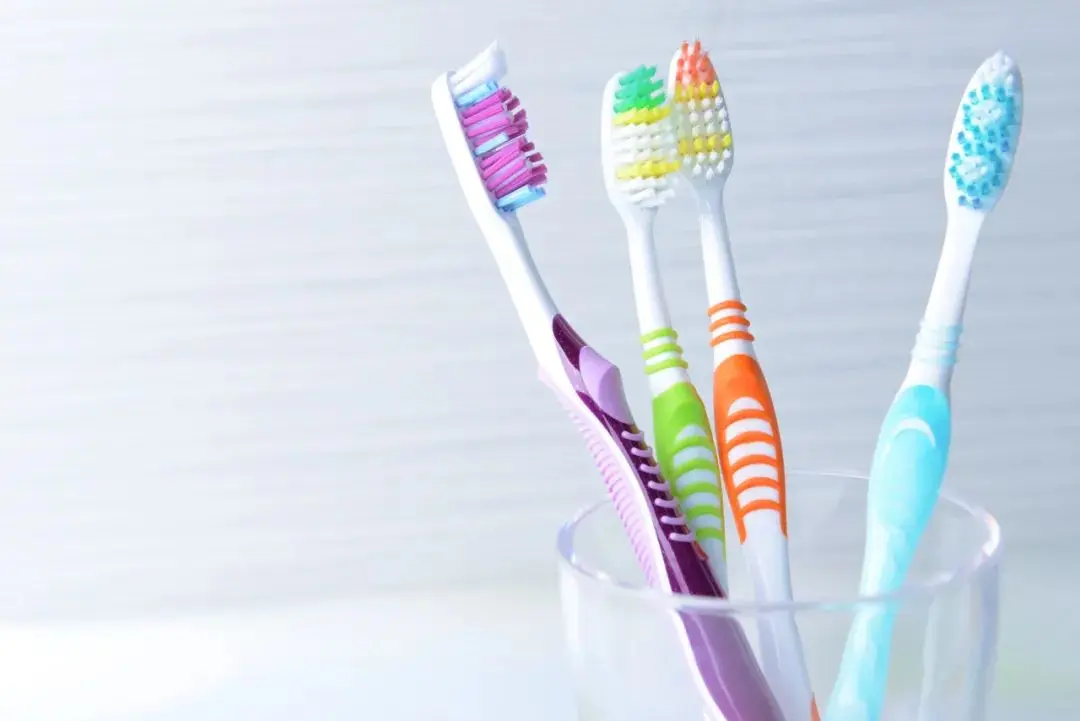 Toothbrush FDA Certification Testing
Toothbrush FDA Certification Testing
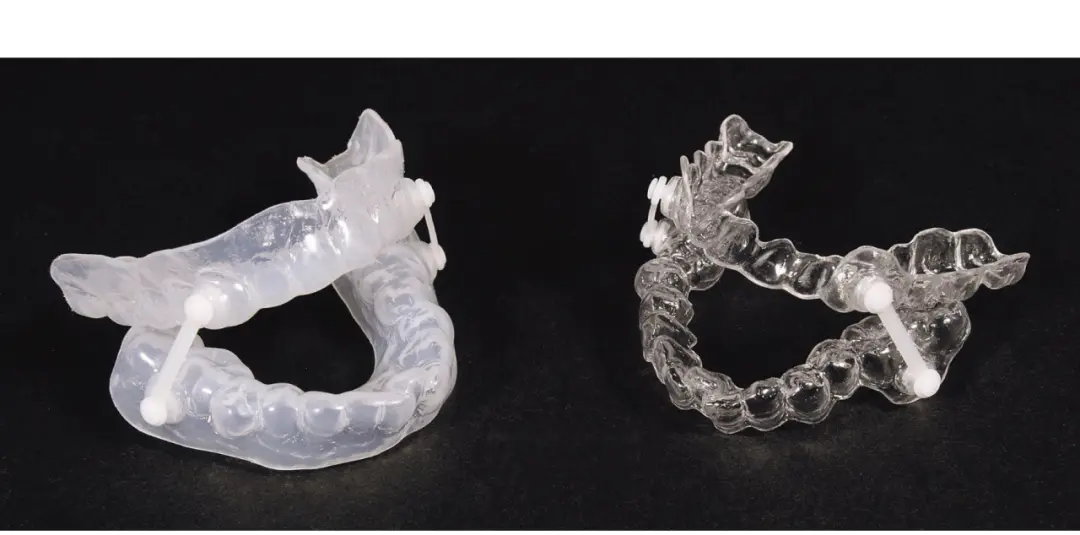 Snoring Device FDA 510k Standard Testing
Snoring Device FDA 510k Standard Testing
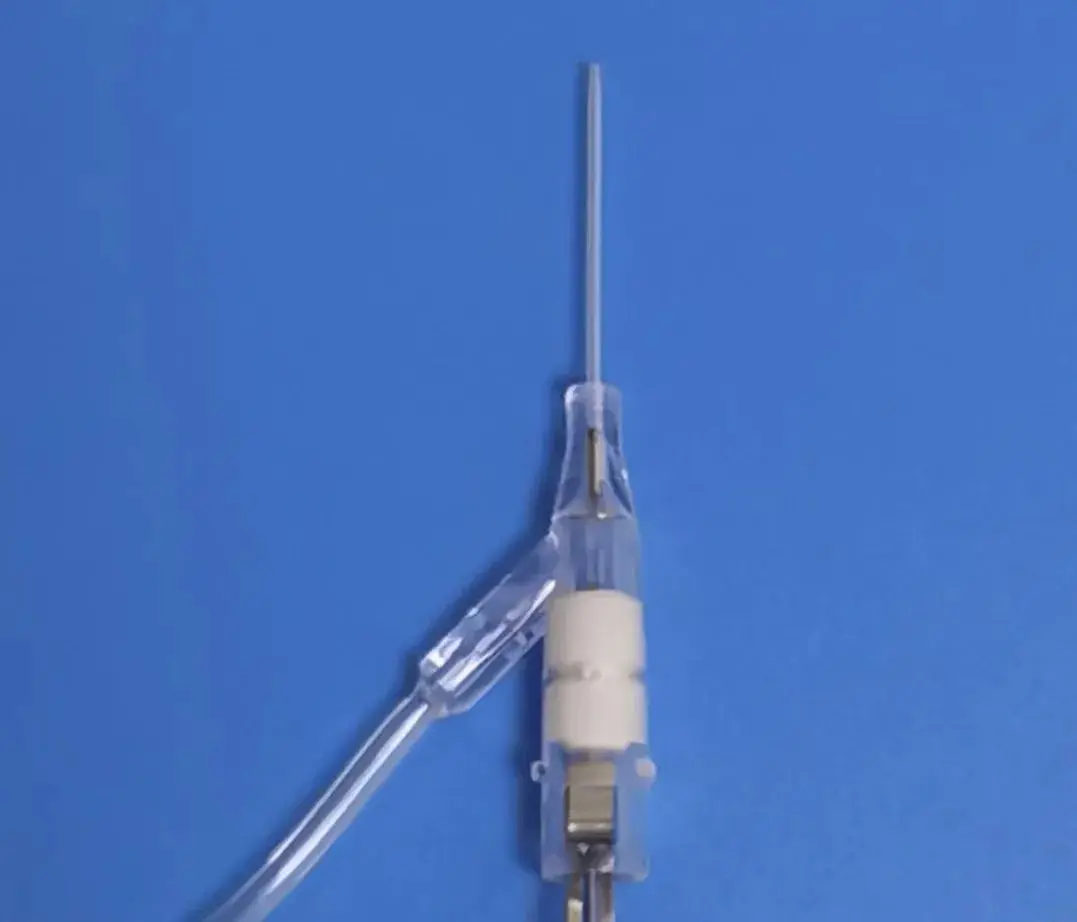 Single Use Intravenous Catheter Certification Test
Single Use Intravenous Catheter Certification Test
 Silicone Material Product Compliance Certification
Silicone Material Product Compliance Certification
 What to Do If Cytotoxicity Test Results Are Positi
What to Do If Cytotoxicity Test Results Are Positi
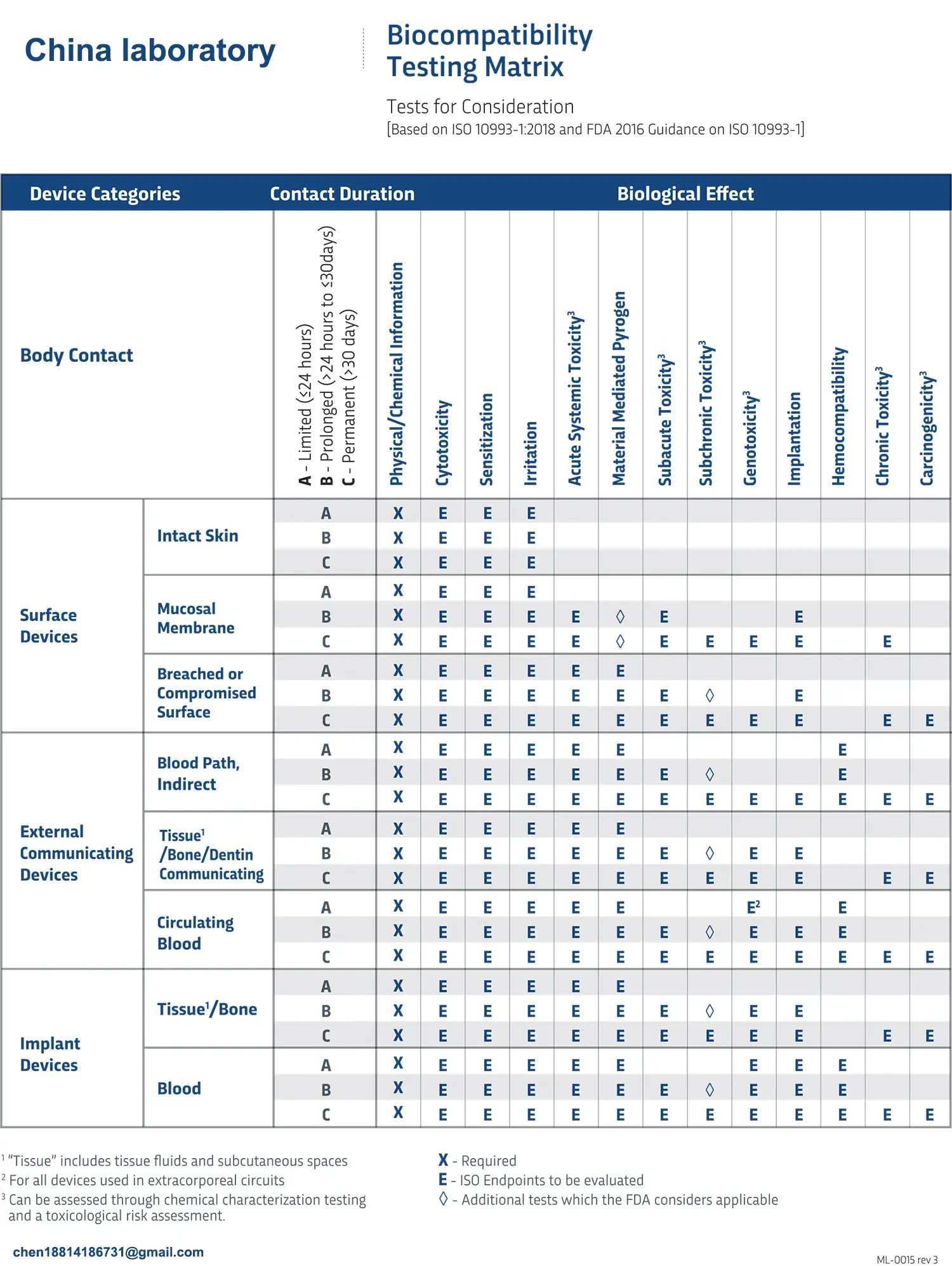 ISO 10993:5 Cytotoxicity Testing Methods
ISO 10993:5 Cytotoxicity Testing Methods
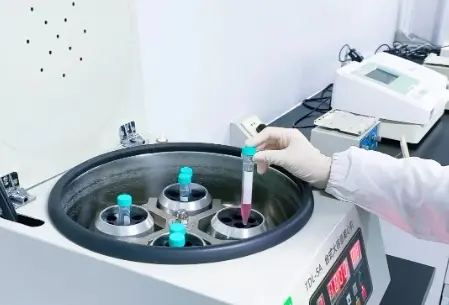 FDA ISO 10993-1 Biocompatibility Evaluation Guidel
FDA ISO 10993-1 Biocompatibility Evaluation Guidel
 In Vitro Cytotoxicity Testing for Medical Devices
In Vitro Cytotoxicity Testing for Medical Devices
Leave us a message
24-hour online customer service at any time to respond, so that you worry!




